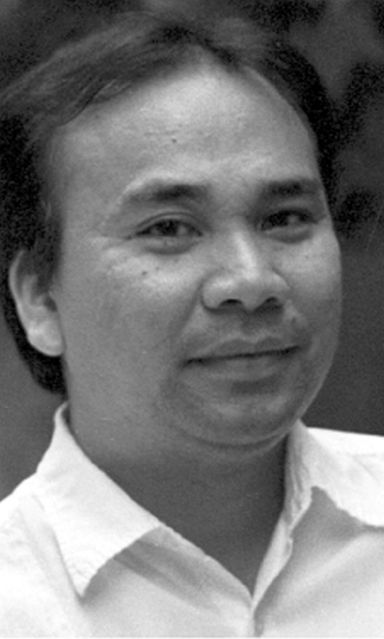
BERSALES
Whether it’s the devastating slave raids in the Visayas and Luzon carried out by Moro pirates from Balanguigui and Jolo between 1599 and well nigh into the 1850s or the recent furtive landing of Abu Sayyaf terrorists at Inabanga River in Bohol last week, one thing is for certain: the Philippines has the fifth longest coastline in the world, all of 32,289 kilometers covering 7,100-plus islands and patrolling it is extremely difficult.
This was what the Moro raiders of long ago took advantage of, ditto the Abu Sayyaf as it went island hopping from faraway Sulu and Basilan down to Bohol.
Try patrolling all of those coastlines and see how many Coast Guard cutters and boats the government will need.
The national economy would most certainly bleed at all the fuel to be used alone just to crisscross all these coastlines daily and nightly. This was the realization that Gov.-Gen.
Jose Basco made when he took the reins of the colonial government in Manila in the late 1770s.
What did he do to stem the hemorrhage in the population of the Visayan islands? Given the cash-strapped colonial economy, he decided to establish four naval bases, one each in Leyte, Cebu, Iloilo and Palawan and instead of sending vintas and galliots from Manila, he ordered the establishment of a “Marina Sutil,” a light navy, comprising small “barangayanes,” barotos constructed in each of the towns.
Each barangayan had as many volunteer oarsmen paddling as there were men ready at any time to fire small cannons called falconetes at the enemy.
A total of 36 of these boats were patrolling the Visayan seas, and for about three years or so, the Moro raiders retreated. But then corruption and overconfidence took hold and soon the Marina Sutil was no more.
The corruption came via the alcaldes mayores, provincial governors who, instead of using the arms and ammunitions sent from Manila for the light navy, decided to cash in on the bonanza by selling these to the enemy. Sounds familiar, people in Mindanao might say today.
The saving grace came early in the 1800s via Fray Julian Bermejo, long-time Augustinian curate of Boljoon, who convinced his fellow Augustinian friars from Sibonga down to Santander and across in Bohol, his Augustinian Recollect cousins, to build a line of watchtowers that could communicate with each other through flags, to signal any strange movement from the seas.
This vigilance resulted in the growth of these Augustinian mission towns of southeastern Cebu.
Bermejo not only had these watchtowers built, he also commanded a fleet of 21 barangayanes from these same towns, ready at moment’s notice to pursue and fight the enemy.
The most famous and unforgettable is without doubt the Battle of Sumilon in 1813, which caused the total defeat of Moro raiders led by Datu Gorandin, who was killed, his head was put on display in one of the barangayanes as it docked in Boljoon.
The battle also netted the capture of three of his commanders: Maluam, Cariciu and Gane, and the sinking of all their Moro panco boats except for one that was put on display, according to folk stories, outside the Boljoon church.
One important lesson to be learned from these episodes are the same ones that made the Inabanga attempt by the Abu Sayyaf bandits fail — the vigilance of local residents matter.
Even if Fray Julian built a thousand watchtowers from Sibonga to Santander or even if he put up an entire wall on this long coastline, without the voluntary support of a vigilant local population, he would have failed.
That is why I think it is sheer folly to question why the Coast Guard or the Navy did not detect the arrival of this small band of terrorists.
I am sure these terrorists did not bandy about their firearms while traveling on board their fast-moving boats nor did they hold a large farewell party before they left.
How then are we to know if those riding on fast pumpboats are not terrorists?
Only through the vigilance of people around those secluded areas where they land or will land in the future.
The biggest mistake these terrorists then and now committed was to be visible to strangers — something that one cannot prevent from happening, unless they know how to be invisible.
The only problem with vigilance is over-vigilance, of course, as shown by those who immediately posted on social media what they thought were strange-looking people or someone here or there riding a boat and holding aloft something that looked like a gun. Sowing fear on social media is not the answer.
That is why vigilance must be coupled with intelligence, the proper use of one’s mental faculties, before reporting anything and everything to the point that no one will believe you, only to turn out to be true later.
The lesson of “The Boy who Cried Wolf” must be taken by heart, now that it has become clear that terrorists have become bold enough to enter into territory not of their own comfort.
This is no time to slacken our vigilance, but that also does not mean we should stop living normally.
To borrow from World War II Great Britain: Keep calm and carry on!